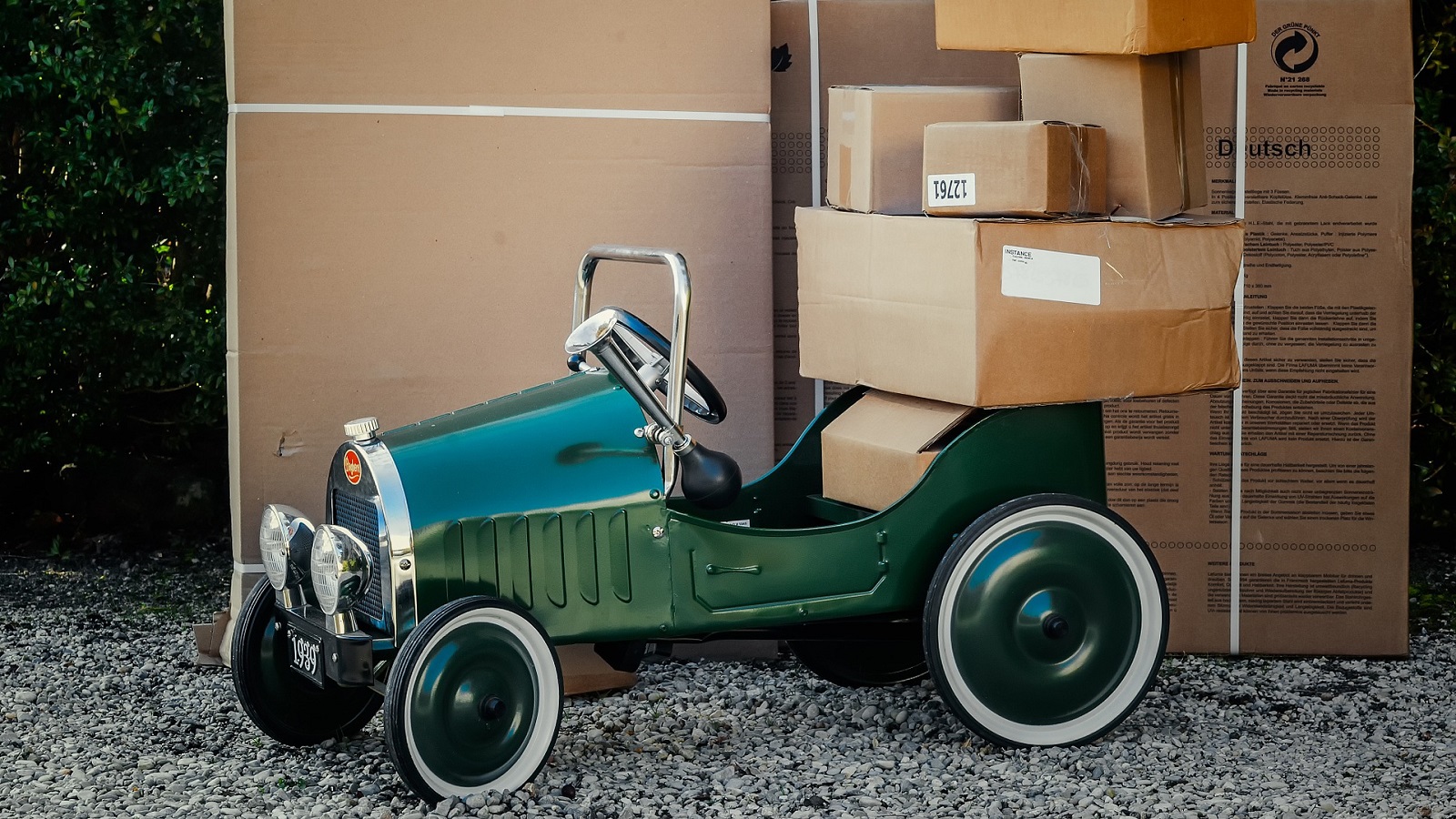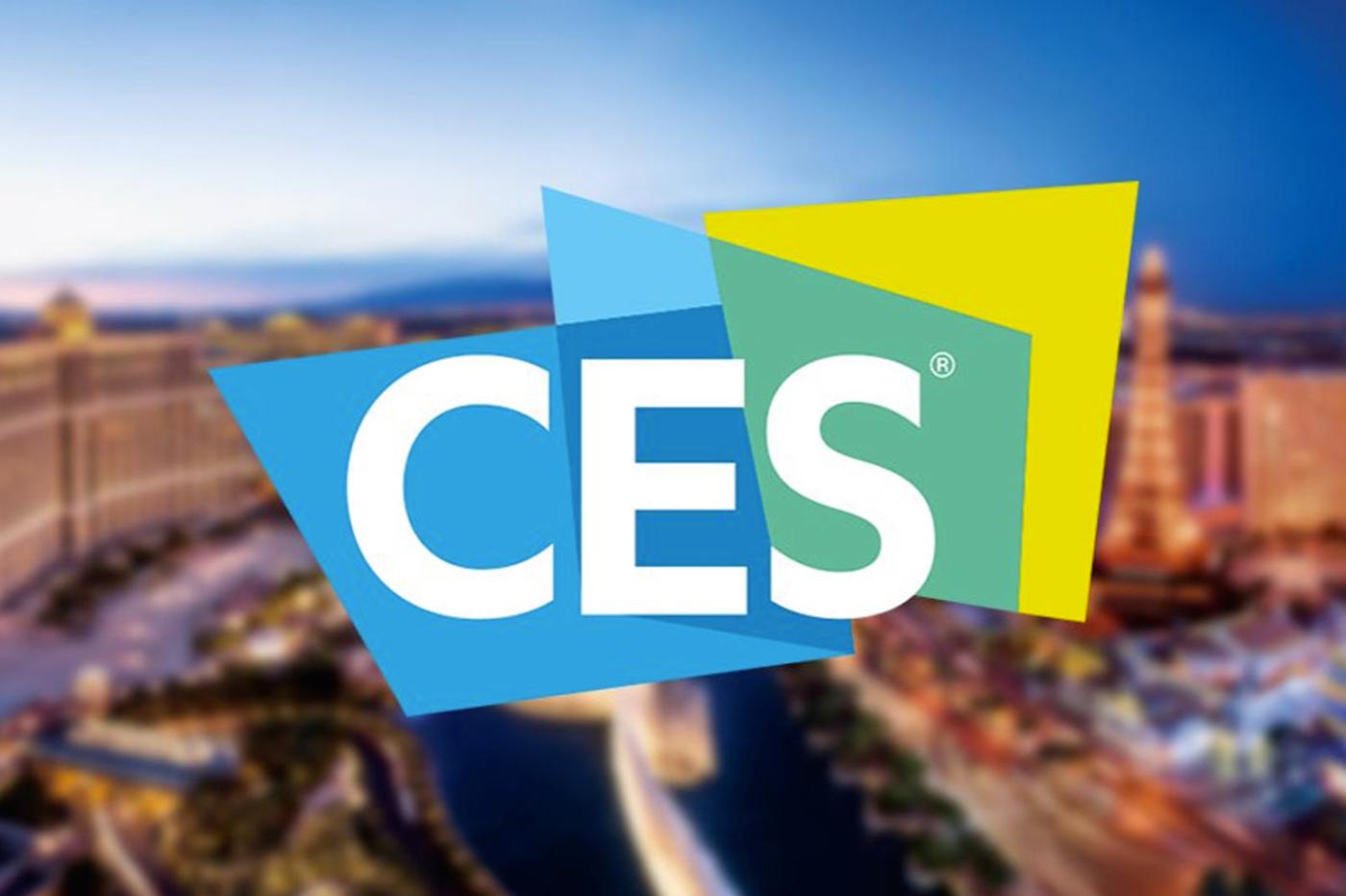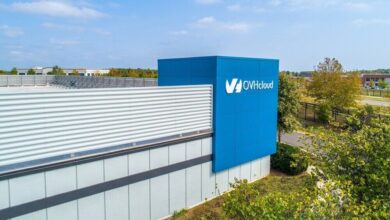
The packaging industry has grown considerably in recent years and has recently managed to reach figures that represent 3% of national GDP. Innovations for containers and packaging and digitization and legislation favorable to sustainability are some of the causes that have caused this change.
In Spain, the packaging sector has 3,180 companies —mostly SMEs—, which employ 113,000 people, which represents 5.16% of employment in the industrial sector. By subsector of activity, the largest number corresponds to manufacturers of plastic containers and materials (737), followed by paper and cardboard (660), packaging machinery (634) and wooden containers (631), according to the study. «Packaging, an engine of innovation for industries», prepared by marketAAD for Hispack.
Regarding geographical distribution, Catalonia concentrates almost 30% of companies in the sector. Close to 40% are distributed between the Valencian Community (18%), the Madrid Community (10.31%), Murcia (6.4%) and Andalusia (5.16%).
The largest turnover is recorded by packaging materials companies, especially paper and cardboard (9,043 million euros), plastic (7,502 million) and packaging machinery (3,942 million). The autonomous communities with the highest volume of business in the sector are Catalonia, the Community of Madrid and the Valencian Community.
Hispack 2022
Within the framework of the celebration in the month of May at the Hispack 2022 Barcelona Fair, the largest container and packaging event in the Iberian market, It was highlighted how the new Waste and Contaminated Soil Law promotes actions that go through the eco-design of packaging from its conception. The goal is to make them easily recyclable and reduce their weight without reducing functionality or performance thanks to the simplification or elimination of components, according to Global Chronicle. Also, the greater social awareness of the environmental issue makes brands demand more packaging that respects the planet.
“Our industry has been introducing innovations in the field of sustainability for more than a decade, incorporating processes, practices and materials that minimize the impact of its activity on the environment. However, concepts such as eco-design, reduction, reuse and recycling are gaining prominence today and are more necessary than ever in the new paradigm of the circular economy”, explained Jordi Bernabeu, president of Hispack 2022.
Examples of sustainable packaging
There are several examples of companies that are committed to sustainable packaging. In Spain, we have the case of juice sun. The brand of the Pascual group under the slogan “Squeeze life, not the planet”, made a commitment two years ago to use biodegradable materials in its packaging, with a social appeal to enjoy our planet, and make the population aware that each act counts for its preservation.
On the other hand, Pascual used the hashtag #Decidetuhuella to reinforce his communication through the different media. The brand promoted his work to reduce the footprint in the environment: “At Leche Pascual we have been working for more than 50 years to leave a mark on society. But in terms of sustainability, our objective must be different. Minimize our footprint. Our carbon footprint as Rolleat points out.
The Aranda de Duero dairy company converted its brik into a more sustainable container, with 89% renewable sources. Pascual opted for caps made from sugar cane, FSC® cardboard, maximum renewability certification and trust carbon, lower CO2 and, above all, recycling.
For its part, the company Bee Loop Honey Pot has opted for a revolutionary design using sustainable packaging. The graphic design and packaging studio Pencil & Lion has taken advantage of all the bees’ production material to create a honey packaging original.
This project stands out for:
- Its innovative character in packaging
- Get a product with zero waste
- A 100% sustainable packaging
- No toxic components
- Environmentally and animal friendly
The container is made of beeswax. When the honey is harvested from the beehive and is ready for consumption, we return it to where it belongs: in the beeswax, according to Code Barcelona.
The container is not toxic and if an unwary person eats it, nothing bad happens to health, it is 100% edible and digestible. Beeswax is made from the natural secretions of bees, formed by collecting nectar from flowers.
Honey containers can be returned to the beekeeper, but if thrown away they are 100% biodegradable. If they are returned, the beekeeper puts them back in the hive to close the cycle of production and sustainability of honey.
In the beauty sector, the case of MobBeauty. The Concrete creative studio opted for a new trend in graphic design in which special attention is paid to the design of sustainable and respectful packaging with the environment and animals.
This project is characterized by:
- A very attractive design
- Take into account the value that the client gives to producers that respect the environment and animals
- The innovative technique in its production
- The materials used in its production
The idea was born after the makeup brand could not find any provider that offered a solution to its goal of creating a vegan makeup line and animal cruelty free. It was at this time that the company chose to design and produce its own sustainable packaging. The premises they wanted to achieve had to do with the concept of the three Rs – renew, reuse, refill – reuse, recycle, refill – in their earth first campaign.
The packaging is made with post-consumer recycled materials. All the components of this packaging are 100% recyclable and special additives have been placed so that they are detected in the recycling chains by means of infrared sensors.



